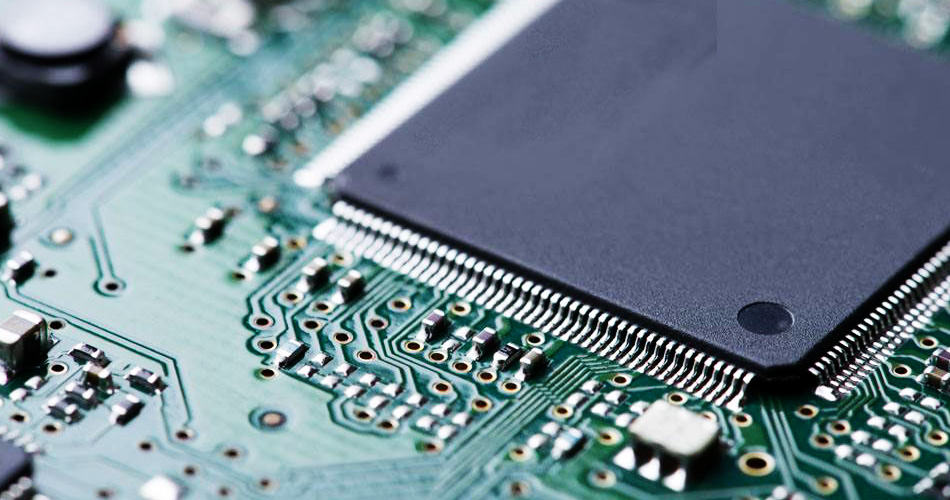- English
- Español
- Português
- русский
- Français
- 日本語
- Deutsch
- tiếng Việt
- Italiano
- Nederlands
- ภาษาไทย
- Polski
- 한국어
- Svenska
- magyar
- Malay
- বাংলা ভাষার
- Dansk
- Suomi
- हिन्दी
- Pilipino
- Türkçe
- Gaeilge
- العربية
- Indonesia
- Norsk
- تمل
- český
- ελληνικά
- український
- Javanese
- فارسی
- தமிழ்
- తెలుగు
- नेपाली
- Burmese
- български
- ລາວ
- Latine
- Қазақша
- Euskal
- Azərbaycan
- Slovenský jazyk
- Македонски
- Lietuvos
- Eesti Keel
- Română
- Slovenski
- मराठी
- Srpski језик
Solder selection and coating technology in PCBA processing
2024-05-08
In PCBA processing, solder selection and coating technology are key factors, which directly affect the quality, reliability and performance of welding. The following is important information about solder selection and coating techniques:

1. Solder selection:
Common solders include lead-tin alloys, lead-free solders (such as lead-free tin, silver-tin, bismuth-tin alloys) and special alloys, which are selected according to application needs and environmental protection requirements.
Lead-free solder was developed to meet environmental requirements, but it should be noted that its soldering temperature is higher and the soldering process may need to be optimized during PCBA manufacturing.
2. Solder form:
Solder is available in wire, spherical or powder form, with the choice depending on the soldering method and application.
Surface mount technology (SMT) typically uses solder paste, which is applied to the pads via screen printing or dispensing techniques.
For traditional plug-in soldering, you can use soldering wire or soldering rods during PCBA manufacturing process.
3. Solder composition:
The composition of solder affects soldering characteristics and performance. Lead-tin alloys are commonly used in traditional wave and hand soldering.
Lead-free solders may include alloys of silver, copper, tin, bismuth and other elements.
4. Coating technology:
Solder paste is typically applied to circuit boards via screen printing or dispensing techniques. Screen printing is a common SMT coating technology that uses a printer and screen to accurately apply solder paste to the pads.
The quality of pad and component coating depends on screen accuracy, solder paste viscosity and temperature control.
5. Quality control:
Quality control is critical to the process of applying solder paste. This includes ensuring solder paste uniformity, viscosity, particle size and temperature stability.
Use optical inspection (AOI) or X-ray inspection to check the coating quality and position of the pads during PCBA manufacturing.
6. Reverse engineering and repair:
In PCBA manufacturing, later repairs and maintenance must be considered. Using solder that is easily identifiable and reworkable is a consideration.
7. Cleaning and defluxing:
For certain applications, cleaning agents may be required to remove residual solder paste. Choosing the appropriate cleaning agent and cleaning method is key.
In some cases, it is necessary to use an inactive solder paste to reduce the need for cleaning.
8. Environmental protection requirements:
Lead-free solders are often used to meet environmental requirements, but require special attention to their soldering characteristics and temperature control.
The correct application of solder selection and coating techniques is critical to ensuring the quality and reliability of circuit board assembly. Selecting the appropriate solder type, coating technique, and quality control measures can help ensure soldering quality and meet the requirements of a specific application of PCBA.
-
Delivery Service






-
Payment Options









